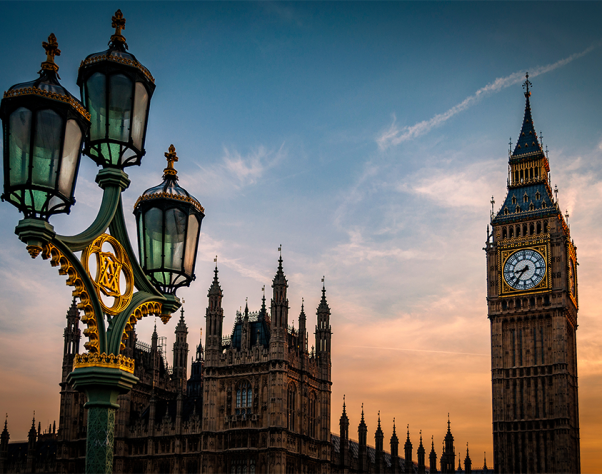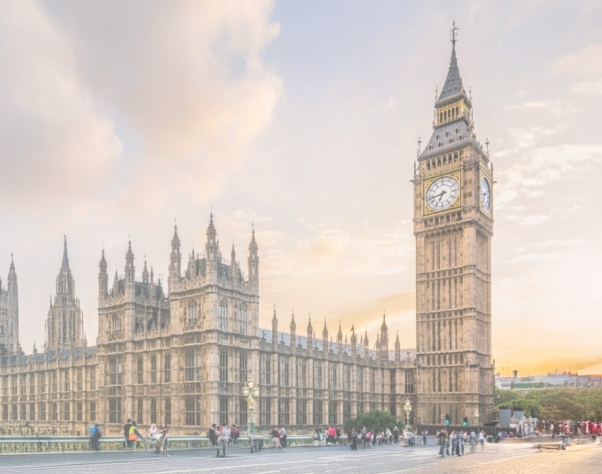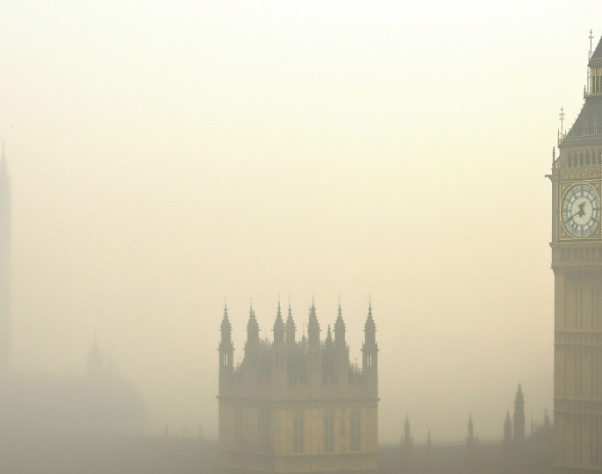A greener track for a greener future
Shippers face a tough choice if they need to transport products from one place to the other in Europe. They could opt for the cheap but slow option and choose heavy-duty trucks to transport their goods. At the other extreme, they could do it faster by plane, though with increased costs. These are both fair options if one realises that price is a key factor in the decision-making process. But if logistics managers overlook the environmental impact of such decisions, they will be heavily criticised. In fact, from a sustainability point of view the question is key because transport accounts for about a fifth of global CO2 emissions.
The most recent figures comparing CO2 emissions of different forms of transport show that almost 30% of global emissions come from trucks and lorries carrying freight while aviation in total equals almost 12% of global emissions. The former is comparable to the 45% of emissions from cars transporting passengers. Ocean shipping accounts for another 10.6%. Rail, however, which is an important part of the transport mix in Europe, accounts for only 1% of transport global greenhouse emissions. So, it is no surprise that from the European Commission’s perspective the future is rail. Indeed, the Commission sees increasing rail transport for people as well as goods as a key means of reducing the bloc’s carbon footprint.
As of today, 7% of passengers and 11% of goods in Europe travel by rail. And though a recent report showed that traffic for passengers and freight has increased annually by 2.5% and 4.1% respectively, obsolete infrastructure, outdated business models and high maintenance costs continue to be the major obstacles to boost rail in Europe.
In an attempt to remedy this, the Commission named 2021 the European Year of Rail (EYoR), an initiative that was officially launched last week. The initiative will highlight the benefits of rail as a sustainable, smart, and safe means of transport, and it will put rail in the spotlight of transport throughout 2021 across the continent. This is a robust attempt by the Commission to make millions of Europeans ‘re-discover’ rail as an effective and, hopefully, timely method of transportation, while also achieving the ambitious climate-neutral goal by 2050.
Most importantly, the EYoR will help implement several programmes and legislative initiatives to boost rail in Europe. The EYoR, for instance, will be a key means of implementing the EU Mobility Strategy. The Strategy grants a prominent role to rail in the transition towards zero-emission mobility and in the achievement of climate neutrality by 2050. The European Commission will try to double the traffic on high-speed rail by 2030 and triple it by 2050 compared with 2015 levels, while also doubling rail freight traffic by 2050. This, of course, has made the rail sector very supportive of the Strategy. An example of a legislative initiative that will likely be approved during the EYoR is a recast of the regulation that establishes fundamental passenger rights and obligations in the rail sector. This initiative will aim to strike a better balance between the protection of EU rail passengers and the interests of rail operators.
The EYoR will also see the creation of a new European Partnership on Rail Research and Innovation that will succeed the current Shift2Rail Joint Undertaking. This new Partisanship will focus on accelerating research, development, and demonstrations of innovative technologies and operational solutions to make rail more attractive and enabled by digitalisation and automation. It will try to transform Europe’s rail architecture by facilitating cooperation between key partners and private investment including testing results at different levels before scaling them up.
The task of transitioning to a greener method of transportation is monumental, and substantial investments will be needed to achieve this. But they appear to be coming, the Portuguese Infrastructure Minister said during his opening speech at the launch event.
Traveling and sending cargo by train may well be what the future holds and requires of Europe. Bottlenecks and traffic jams could be avoided throughout the continent, reducing greenhouse gas emissions as cargo would travel shorter distances by road. Naturally, such a transformation will not be fast, and transportation by road, air and water will remain with us for a while. But the European Year of Rail, the Green Deal and the economic recovery package together may well help to elevate rail to an even more important part of the European transport model.
If you have any questions or requests, reach out to daniel.costa@instinctif.com



